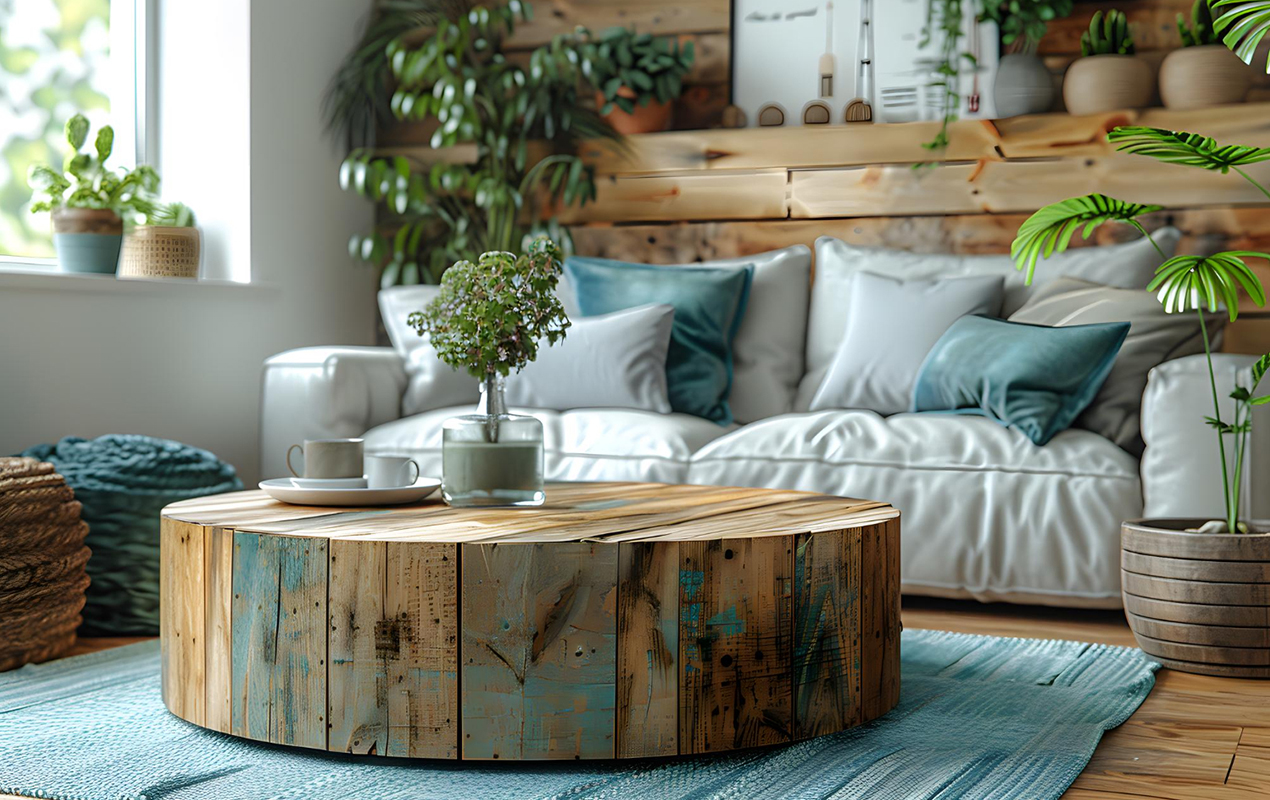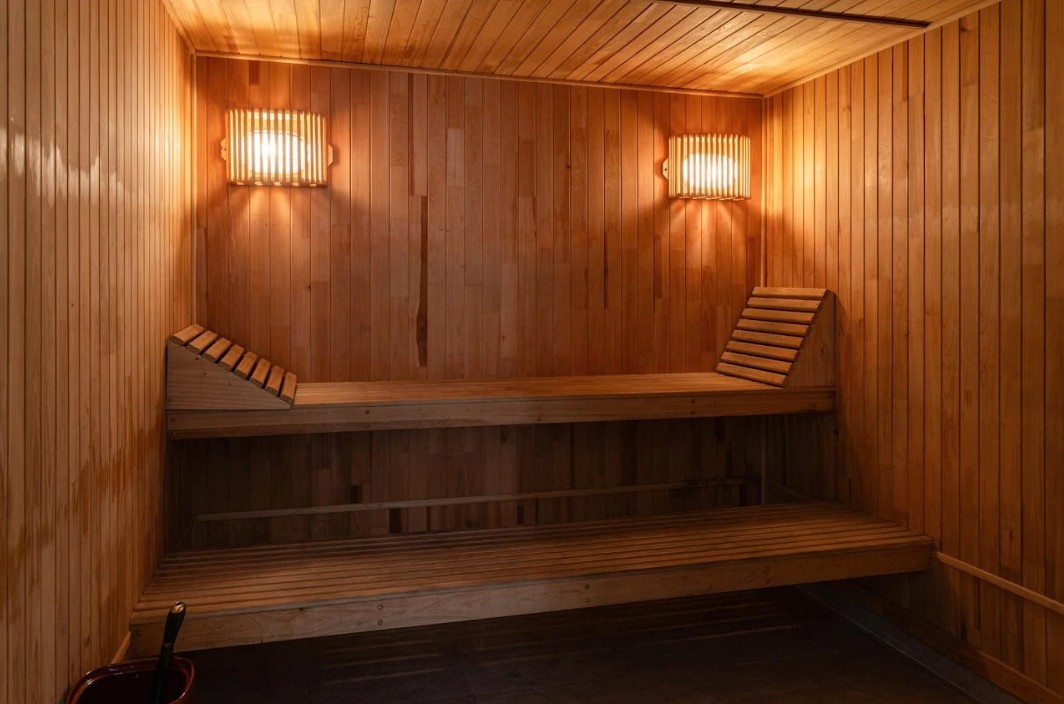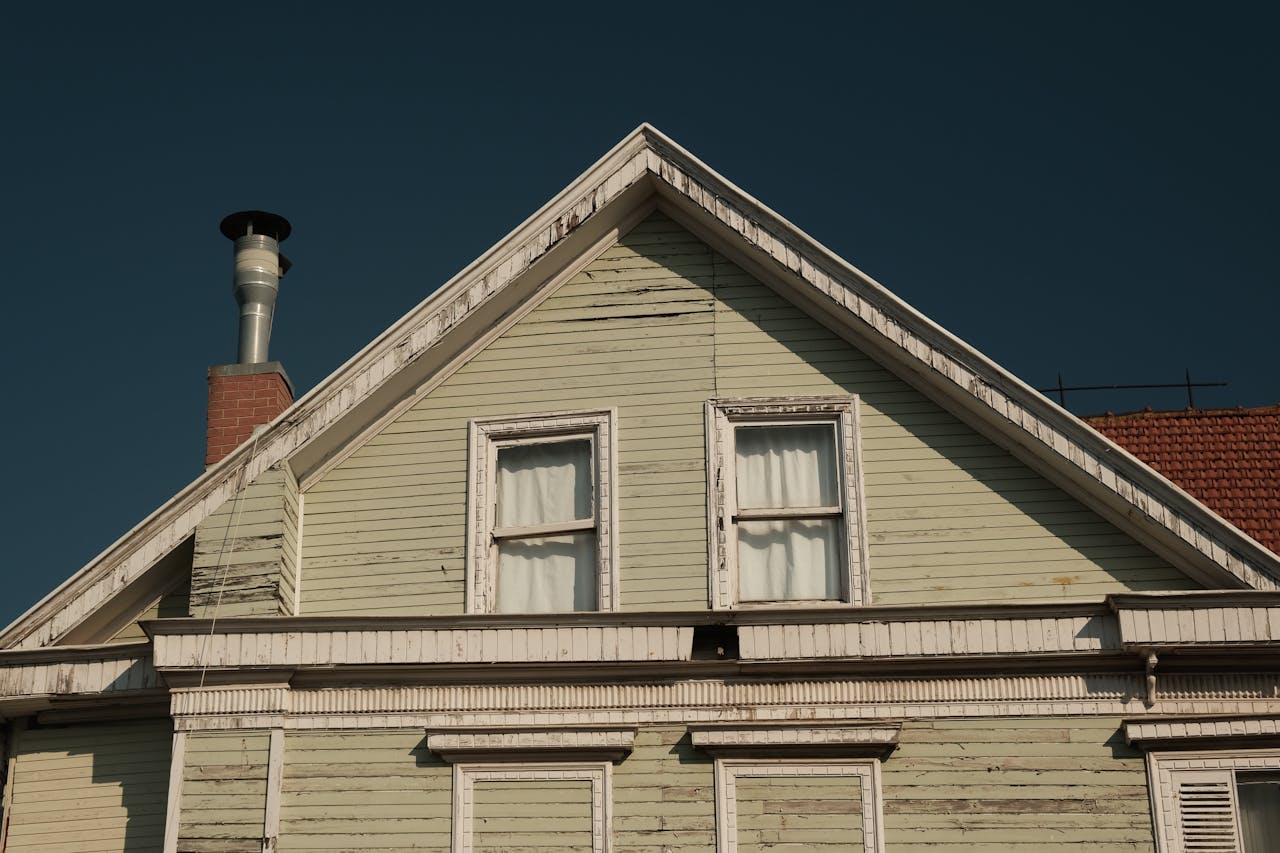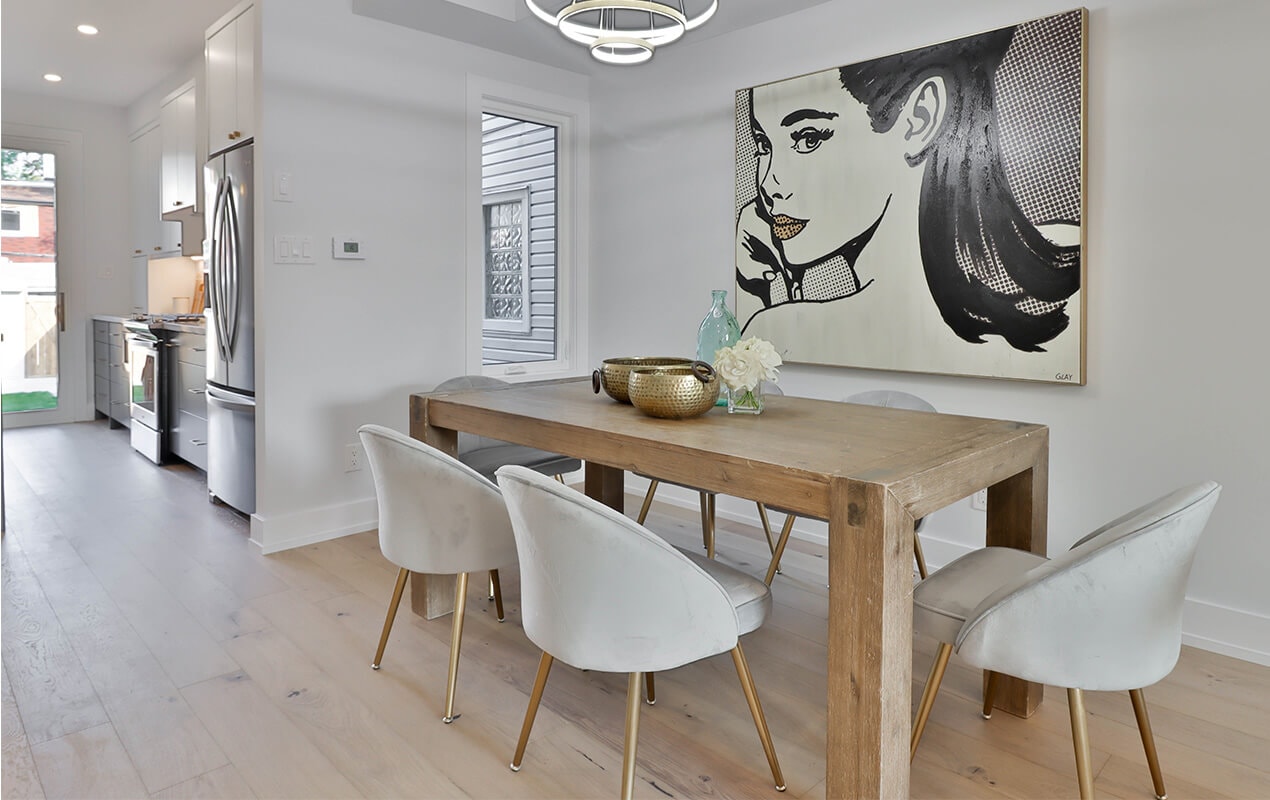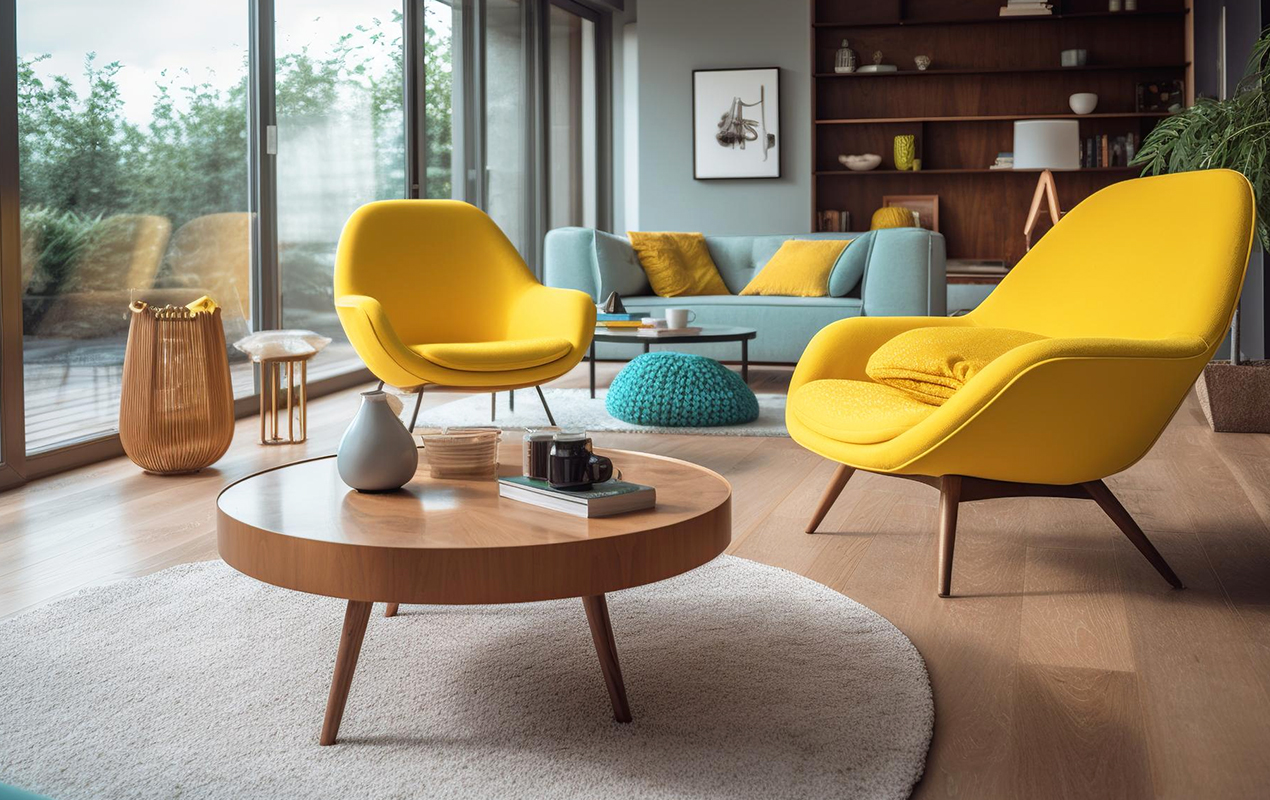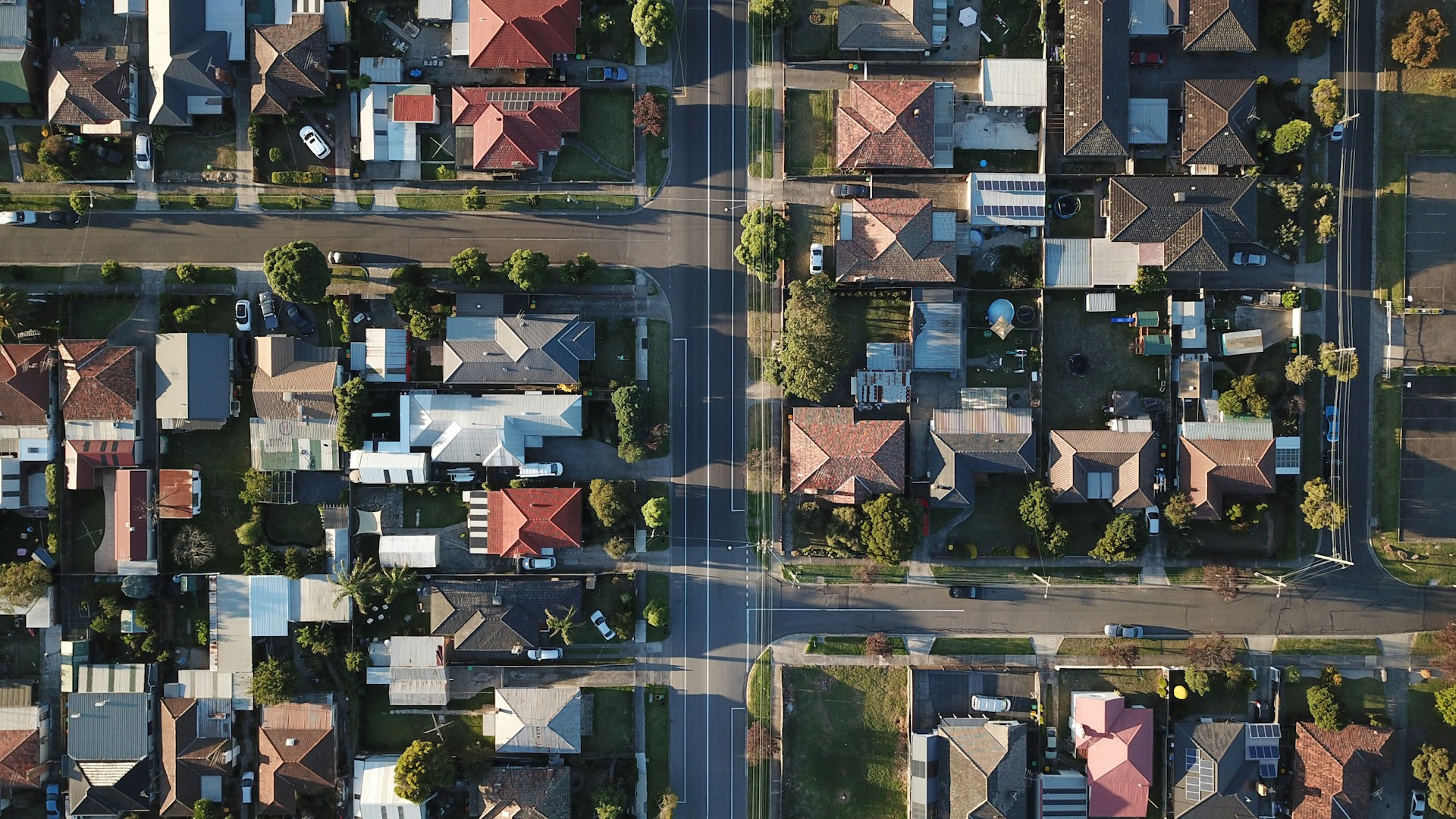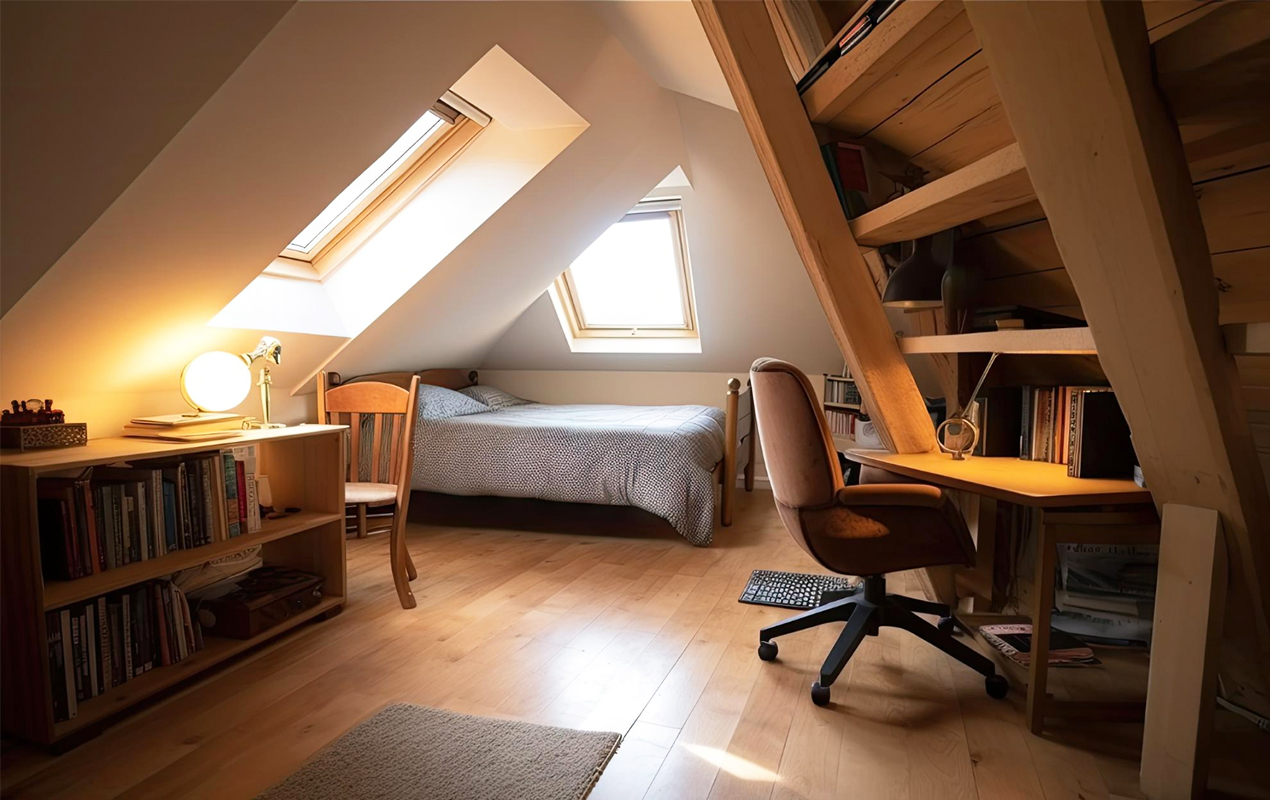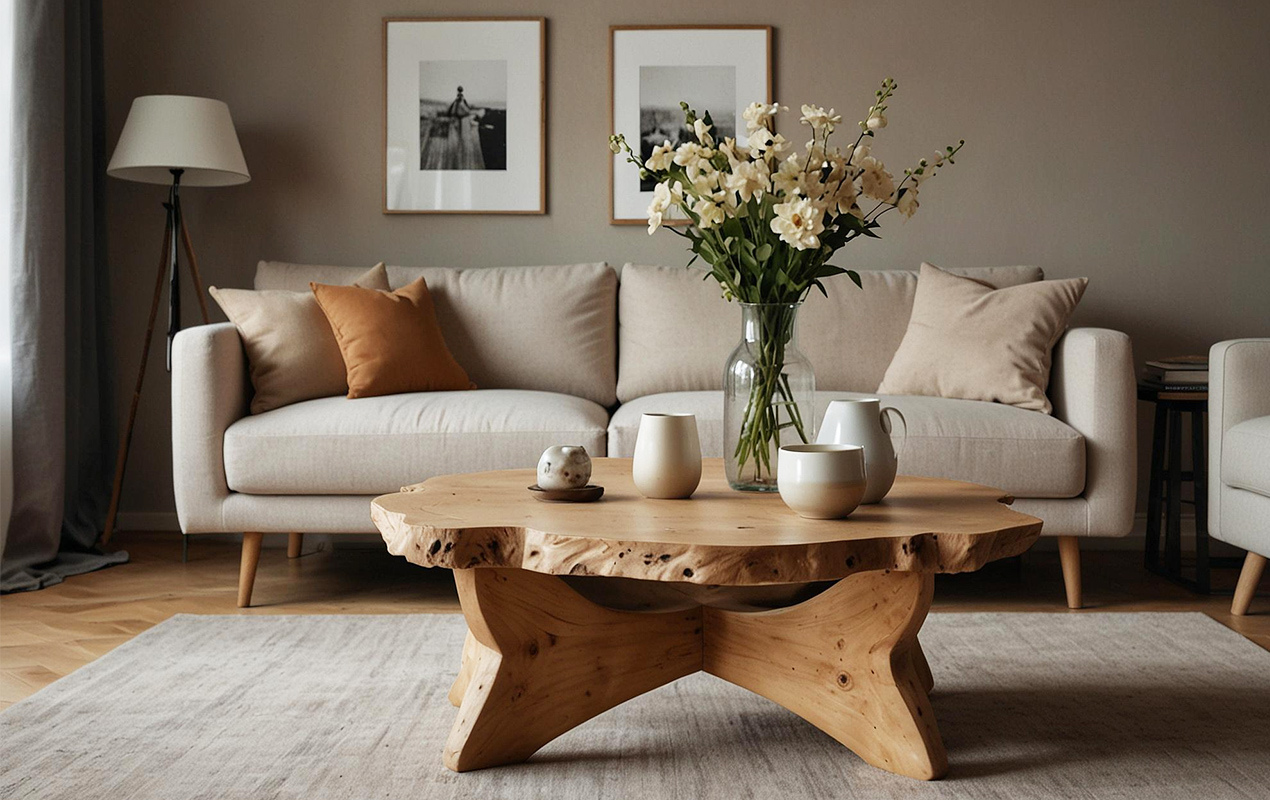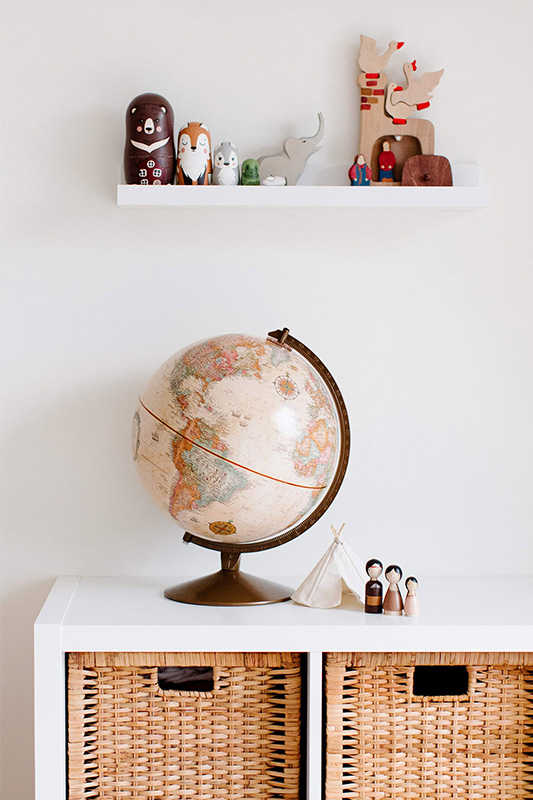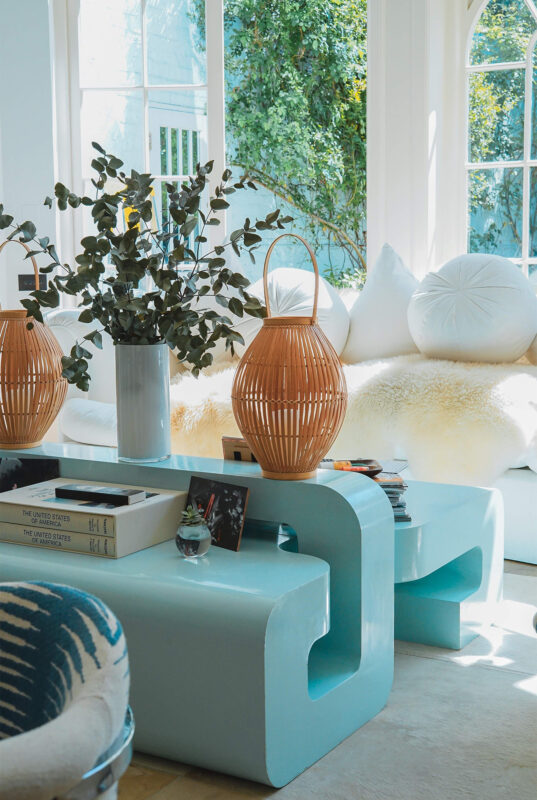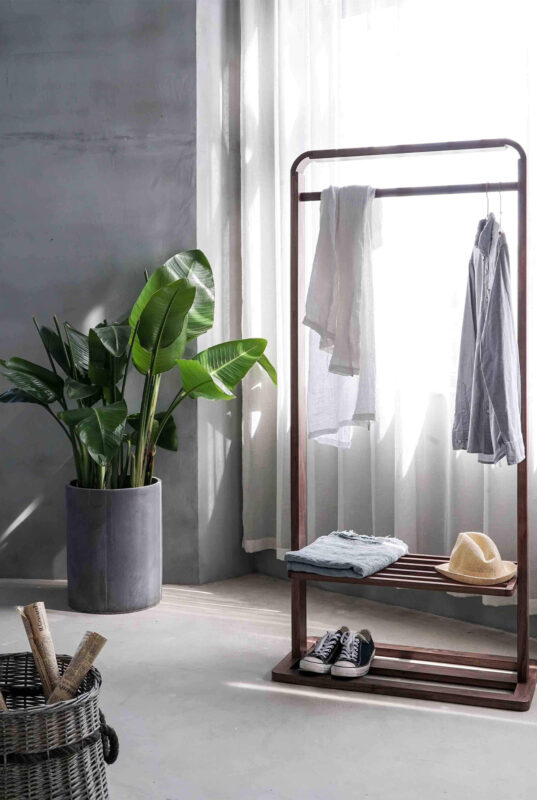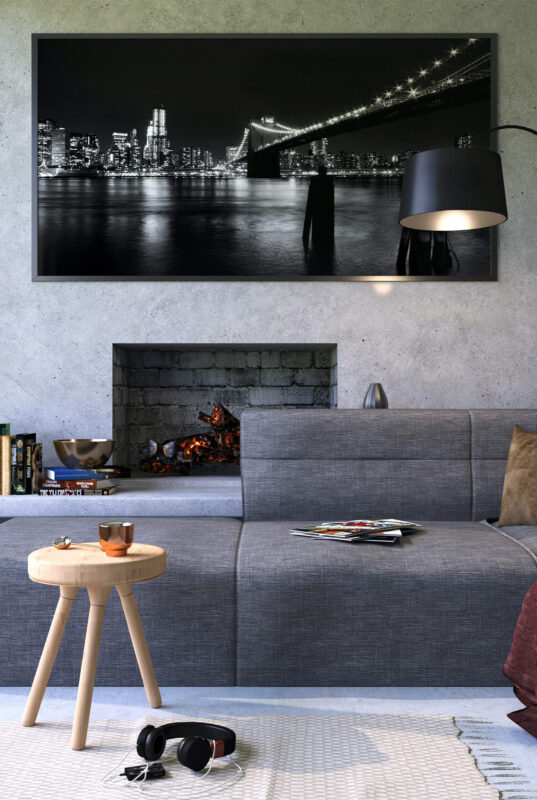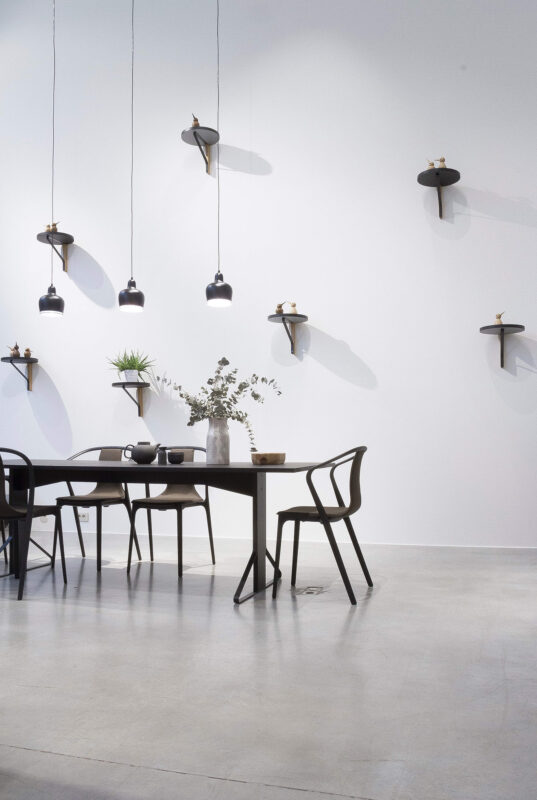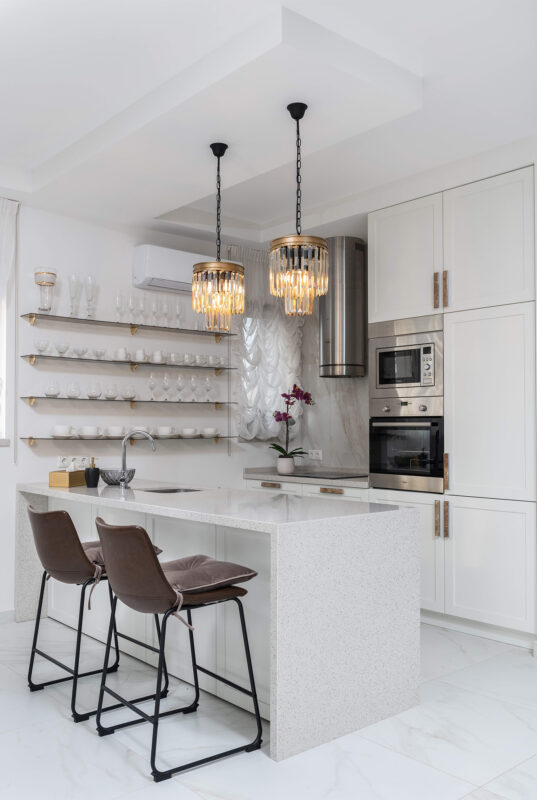The Definitive Guide to Designing a Minimalist Home
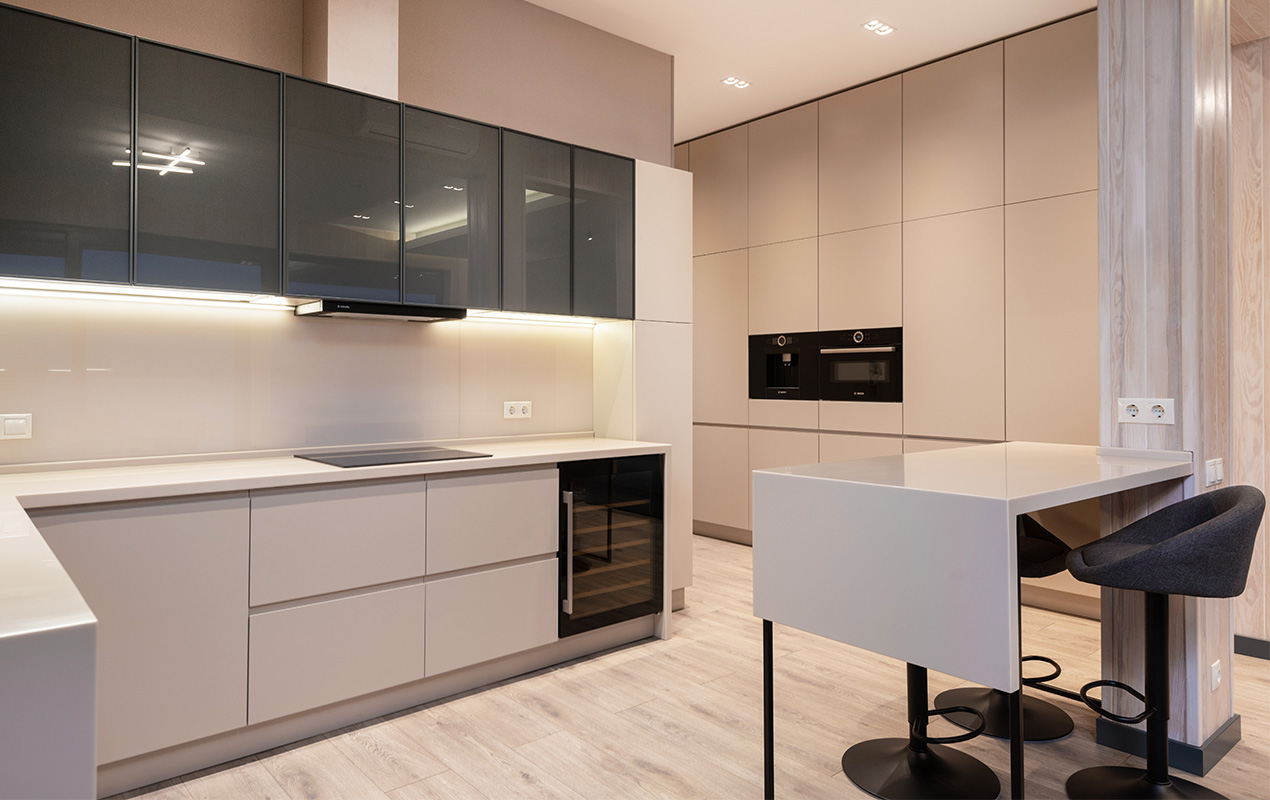
If you’ve ever wondered how to approach and design a minimalist home, you’ve come to the right place. We will explore the principles of minimalism and how to translate them into a stylish and comfortable space. We’ll discuss the fundamentals of creating a minimalist aesthetic, from selecting furniture and accessories to decluttering your home. You’ll acquire all of the tips and tricks you require to build a space that’s both beautiful and functional.
Penthouses, condos, luxury apartments, and other types of upscale homes offer the most prestigious living experiences. From expansive roof terraces with breathtaking views to the highest quality finishes and luxurious amenities, these high-end dwellings provide the ultimate in-city living.
Can Any Type of Home Be Minimalistic?
Absolutely! Homes can be designed with the same minimalistic aesthetic in mind. The key to devising a minimalist space is to focus on items that have purpose and meaning while avoiding clutter and excessive decor. This way, you can create an airy and calming environment in your penthouse or other types of homes.
If you’re looking to buy a penthouse, with minimalist design, you’ll get to enjoy the view more, since there won’t be any obstructions. Natural light can also be used to brighten up your space and furnish a more relaxing atmosphere. To add personality to the room, consider choosing larger focal pieces that will help the space stand out while still keeping it looking minimalistic.
Declutter One Room at a Time
A minimalist home is one that promotes being free of clutter and visual clutter. This can lead to more productivity and peace of mind. And the best way to keep your home clutter-free is to declutter one room at a time.
There are various ways to get begun. Option one would be starting small and gradually working your way up, or you can set aside an allocated amount of time each day dedicated to decluttering. Choosing a realistic amount of time to work on your home can help you avoid frustration. If you have an overwhelming amount of clutter to deal with, try a decluttering zone. Your decluttering zone can include your bedroom, the kitchen, a storage area, or even a closet. Start by clearing the surface in each space. Put the items you’re no longer using in a basket or box.
To really declutter, you’ll need a system for sorting your stuff. Decide on whether or not you need each item. Create a system for determining what should be put away and what can go to charity. Also, set a timeline for each phase. If you’re still struggling, consider using a tool like Todoist. It has templates to help you organize your tasks, as well as the ability to disconnect from the internet. These tools will help you declutter your home in a streamlined manner.
Another tool is the Fly Lady method. The Fly Lady method involves getting rid of clutter in short bursts. The process can be intimidating, but it’s a simple way to get rid of clutter without causing burnout. The KonMari method, inspired by Japanese organizing expert Marie Kondo, is a great way to cut clutter. Begin with a single room and move to the next once completed. Once you’ve done so, you’ll have a better idea of what you need.
Decluttering can be fun and rewarding. When you have the motivation and discipline to stick to it, it can be a fulfilling way to make your life more manageable and productive.
Embrace Natural Light
If you’re in the market for a minimalist home, you may be curious as to how you can best incorporate natural light into the design. Not only can natural lighting make the space breathable, but it can also enhance the colors and textures of your home.
While there’s no need to replace all the light fixtures, you can achieve a cozier vibe with a mix of sconces, floor lamps, and overhead lights. In addition, incorporating houseplants into the scheme can boost your indoor air quality and bring some much-needed life into the room. For starters, the home’s entrance is a good place to start. Large glass doors and windows allow abundant natural light to flood the room. You can also include an additional dash of character with some window treatments.
The best way to optimize your indoor lighting is to evaluate the recommended illumination level. Ideally, you’ll want to combine task lighting and accent lighting. With this in mind, you can choose wall sconces and pendant lights with clean, simple lines. A well-placed black and white floor lamp is another way to add some much-needed illumination. And if you’re into the greener side of the ledger, you might consider buying a houseplant to tie the colors of your home together.
Getting the most out of your home’s natural light can be challenging, but it can be done. Here are 8 tips to assist you along the way. When you’re designing a minimalist home, the main purpose of lighting is to add depth to your decor without overpowering it. A systematic way to do this is to select a lighting system that doesn’t overpower the room’s natural colors.
Embrace Textures
Adding a few layers of textures can make a minimalist home feel warm and elegant. However, the key to a successful minimalist design is balance.
While minimalist homes don’t necessarily have to be stark, they do need to have clean lines and clear surfaces. To achieve this, look for furniture and accents that echo the sleek style of minimalist furnishings. Some of these items include black floor lamps, modern bookcases, and gray or white rugs. You can also use textured surfaces to play with the lighting. Adding pillows or linens to a wall or sofa can create texture. You can also utilize a floor lamp to bring warmth and accent lighting.
Consider the building materials you use. These can add warmth or help you open up a space. For example, polished concrete can enhance the appearance of a room. Light hardwood flooring can also help you to create an inviting, open atmosphere. Using natural elements, such as plants, can also help to soften the look of a minimalist room. The added touch of natural light will also add depth to your decor.
Modest Use of Colors
Another thing to consider when designing a minimalist home is the color palette. While white is the most common color, gray is another good choice. The inclusion of color for a pop effect adds character and contrast. Keeping a neutral base allows you to mix colors and add textures.
Minimalist interiors are typically open, uncluttered, and functional. This means they avoid complex shapes or patterns, and instead emphasize quality over quantity. As a result, there’s no need for ornate decorative items. Choosing warm colors is an important part of designing a minimalist home. The colors you choose are the base for your design scheme, but can also add depth and character to the space. A good palette to use is a mixture of natural tones. These colors include beige, brown, white, and cream.
To create a warm minimalist home, start by choosing a neutral color palette. This includes white and beige, but also other light neutrals. You can couple the tones and textures to formulate a warm & welcoming atmosphere. A great way to introduce accent colors is by hanging wall art. Wall art can range from simple black and white to colorful pieces. If you are feeling bold, consider a large painting or art piece that is on the scale of a wall. Using one or two art hangings in a key focus point is a great way to introduce colors into your minimalist home.
Add Personality
As with any style, a successful minimalist home should reflect the owner’s taste and lifestyle. To add personality, you can use your own art collection or personal items to decorate the room. When you design a minimalist home, it’s paramount to ensure that you have an open floor plan and plenty of storage. You should also have just the right amount of furniture and accessories.
Final Thoughts
Designing a minimalist home is an opportunity to create a peaceful and clutter-free environment. By following the guidance covered in this article, you can manufacture a space that is sophisticated, functional, and free from unnecessary distractions.
Utilizing simple yet beautiful design elements such as natural materials, neutral colors, and minimal furniture will help you achieve the minimalist aesthetic you’re looking for. With the right design elements and careful planning, we’re sure you’ll be positioned to form a home including a combination of pleasing and calming aesthetics.

